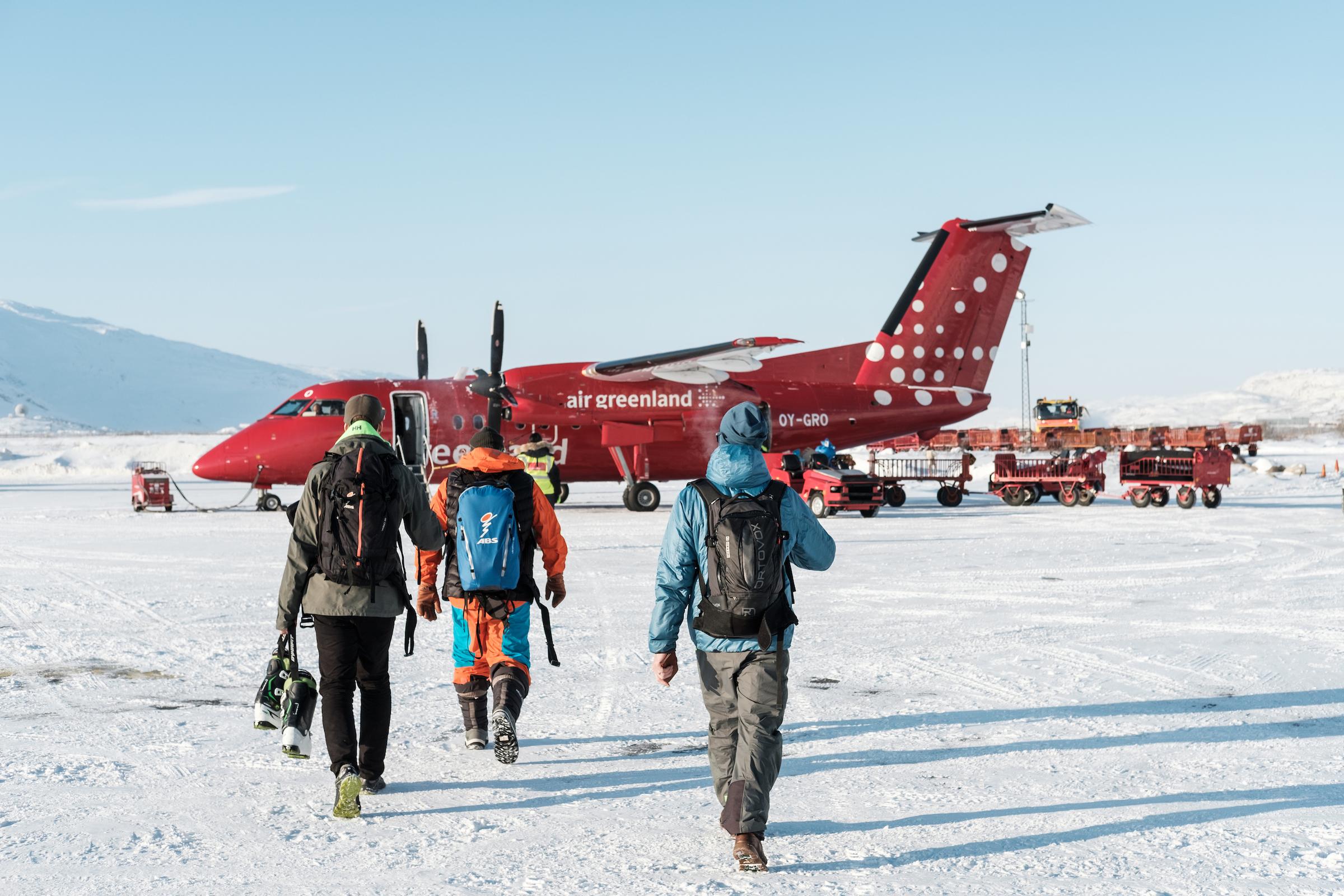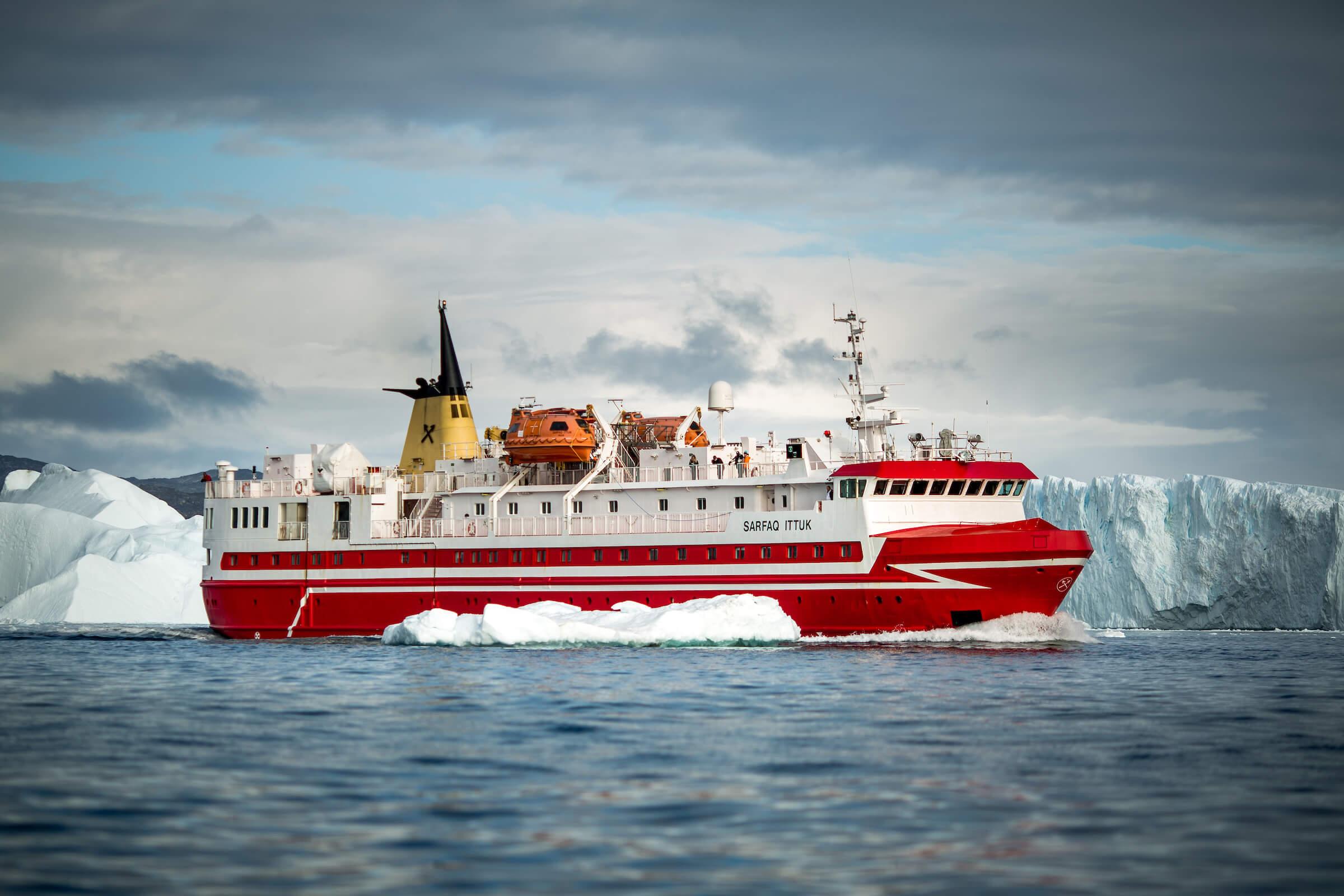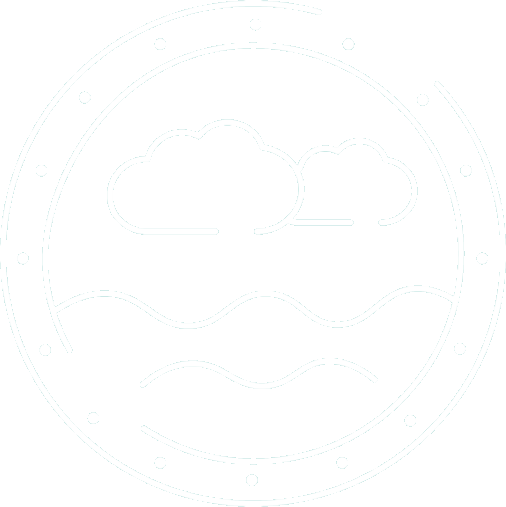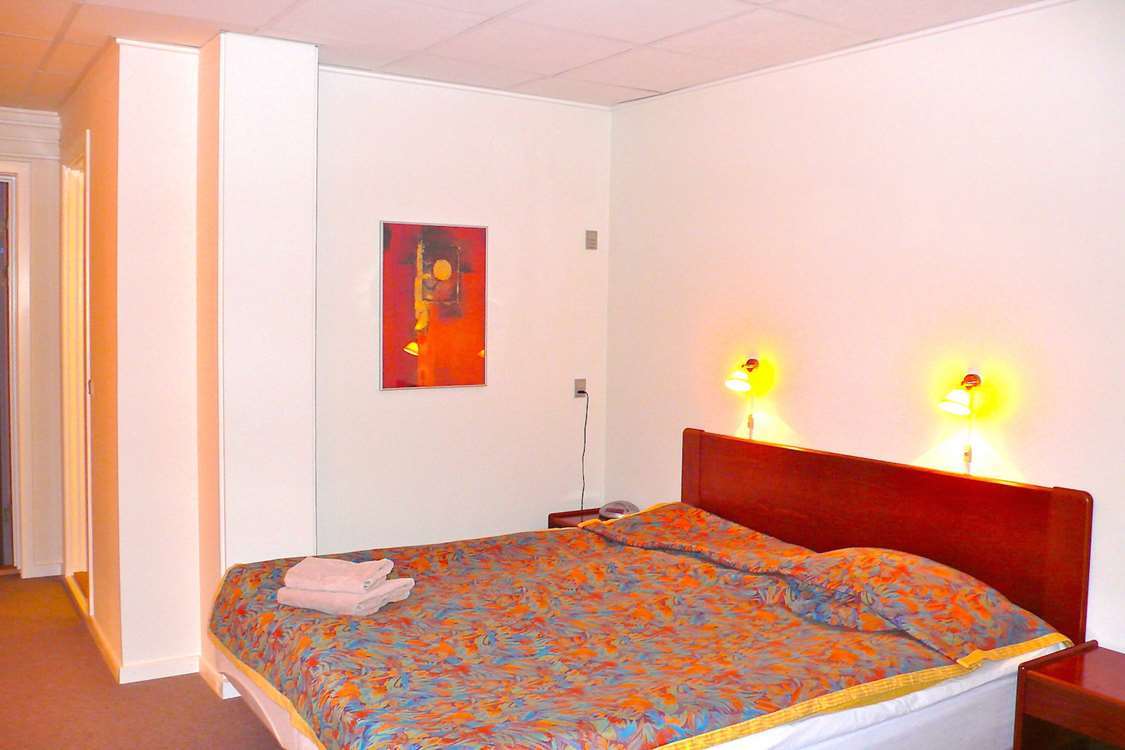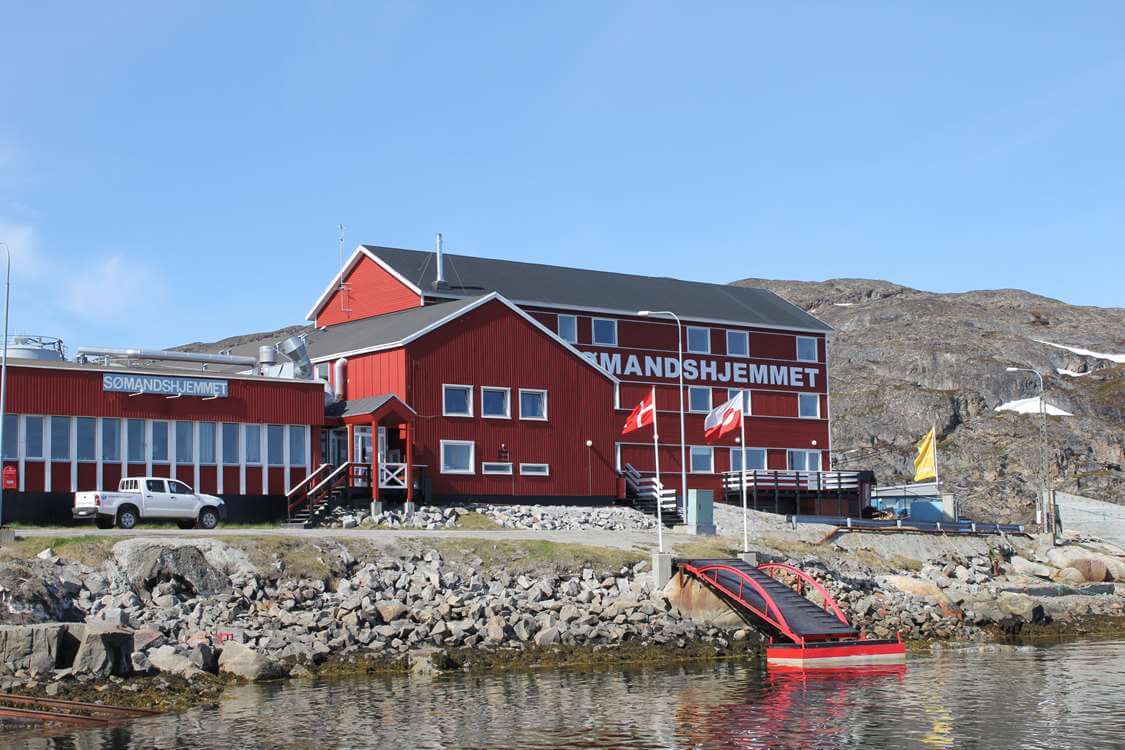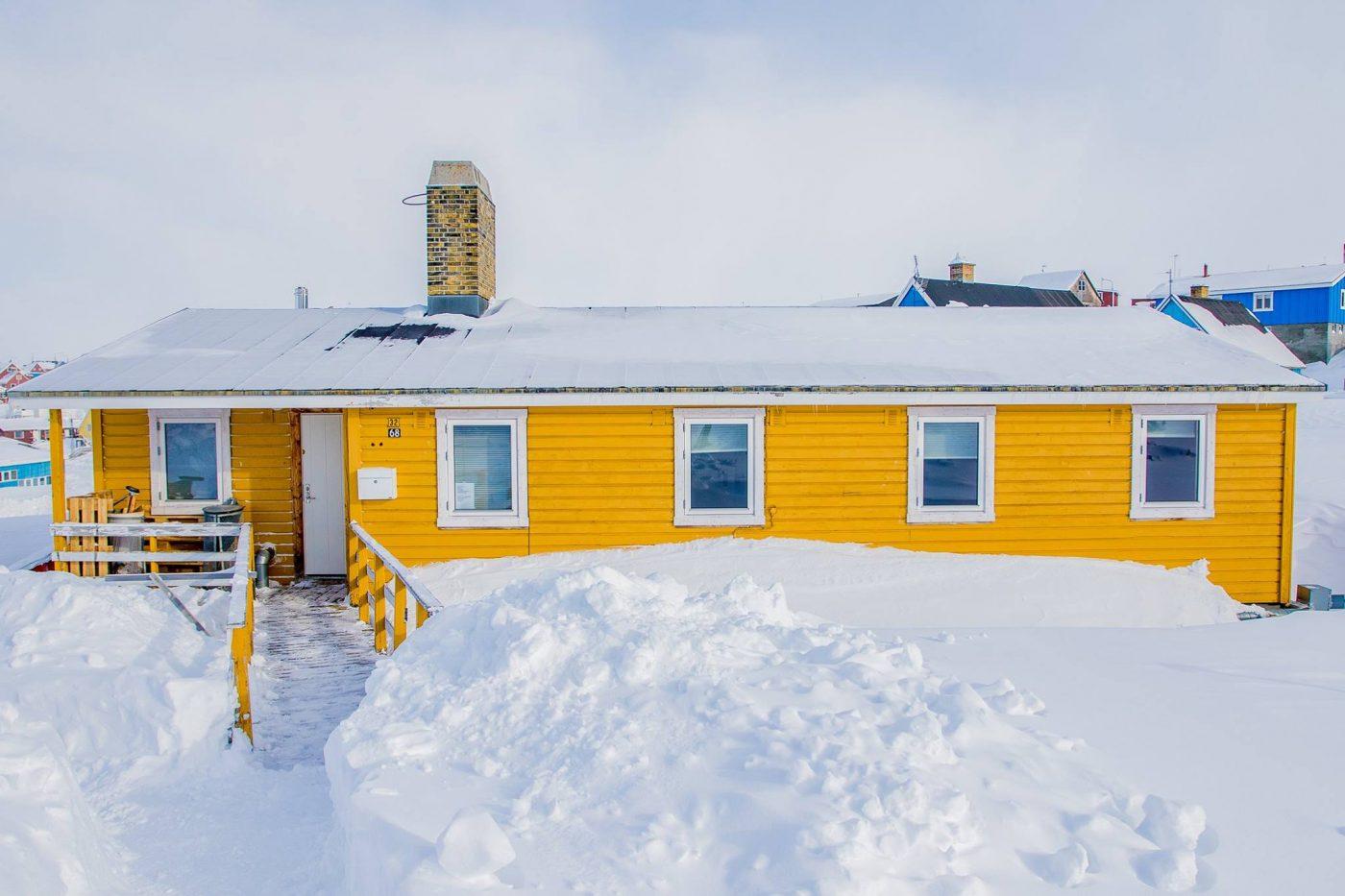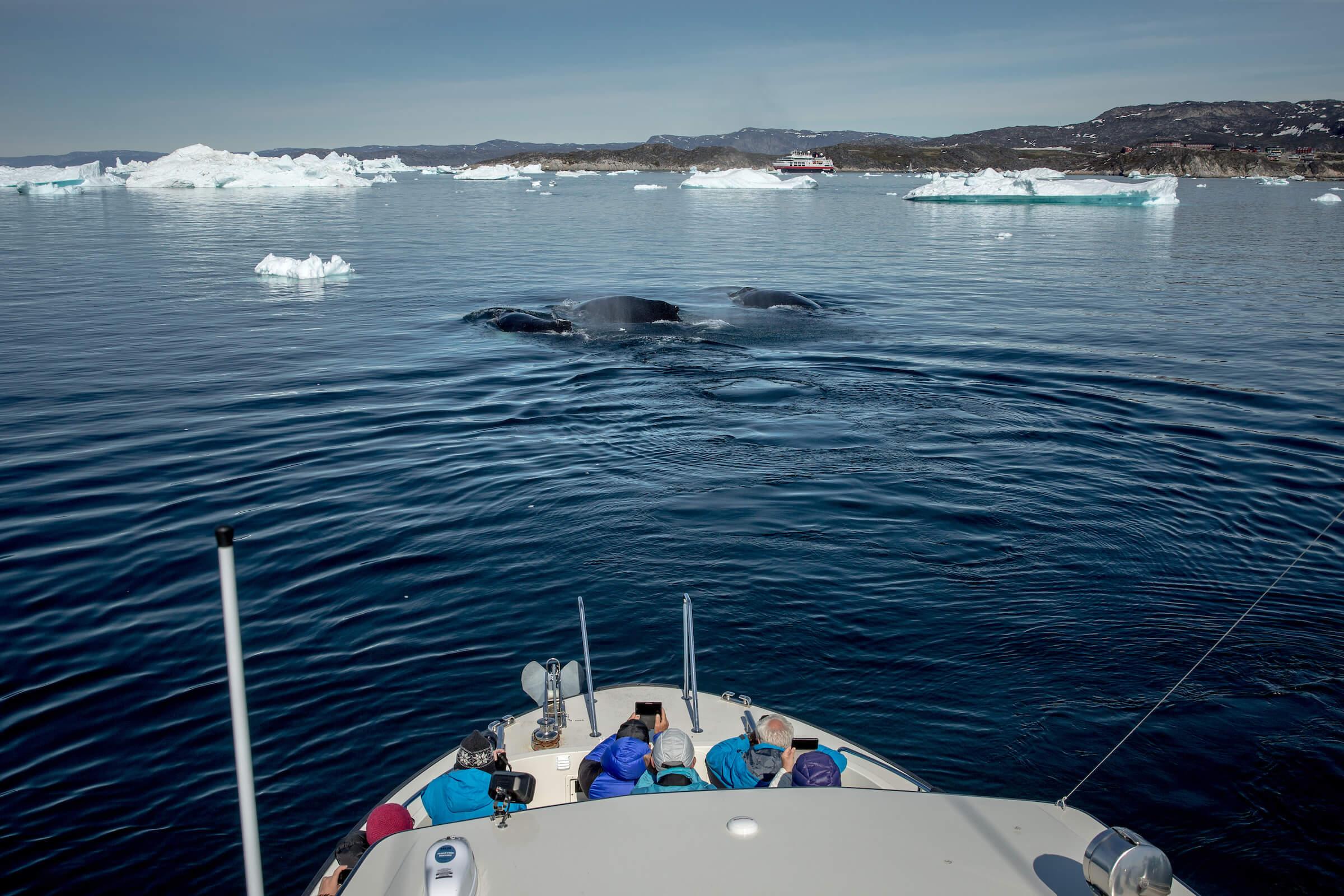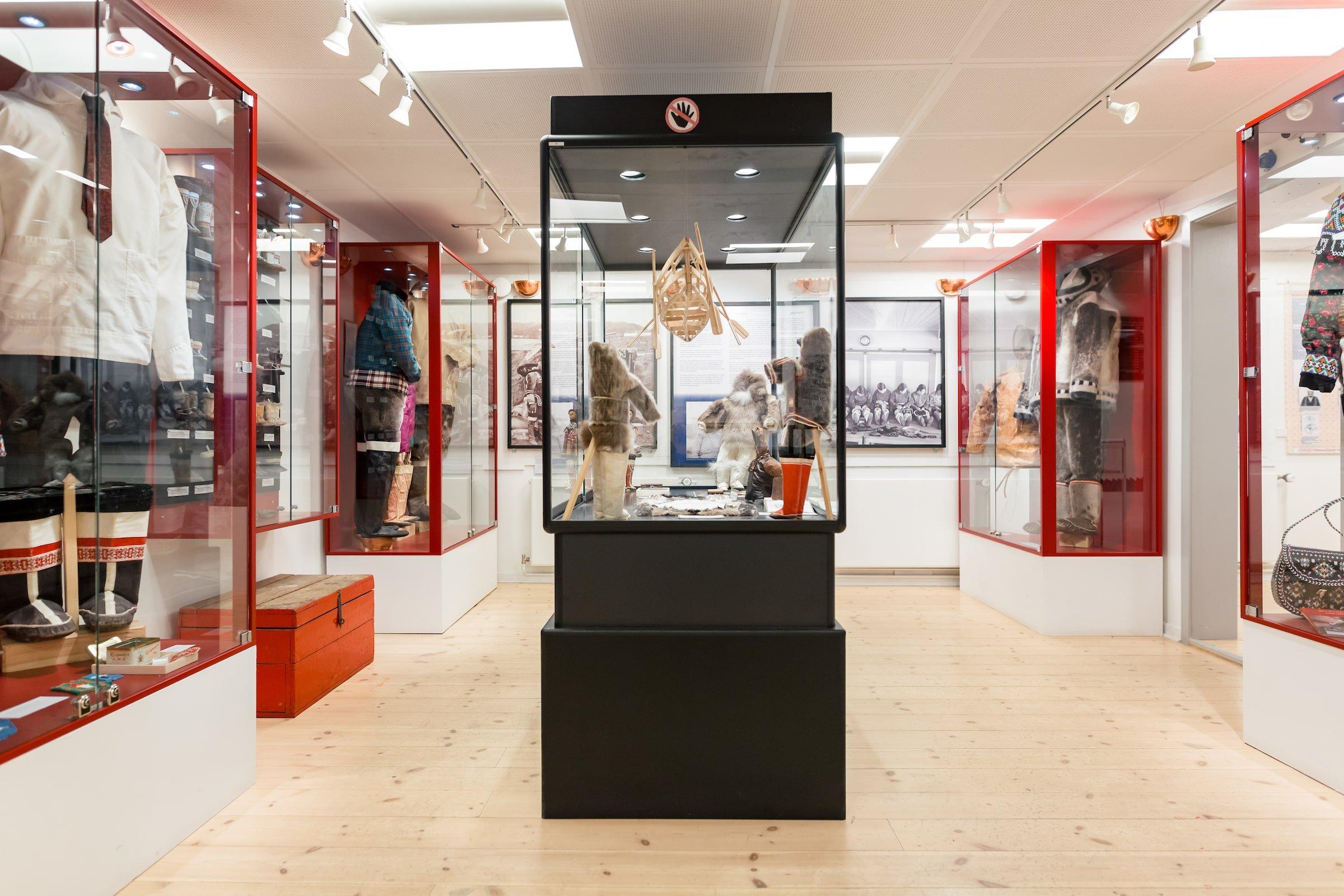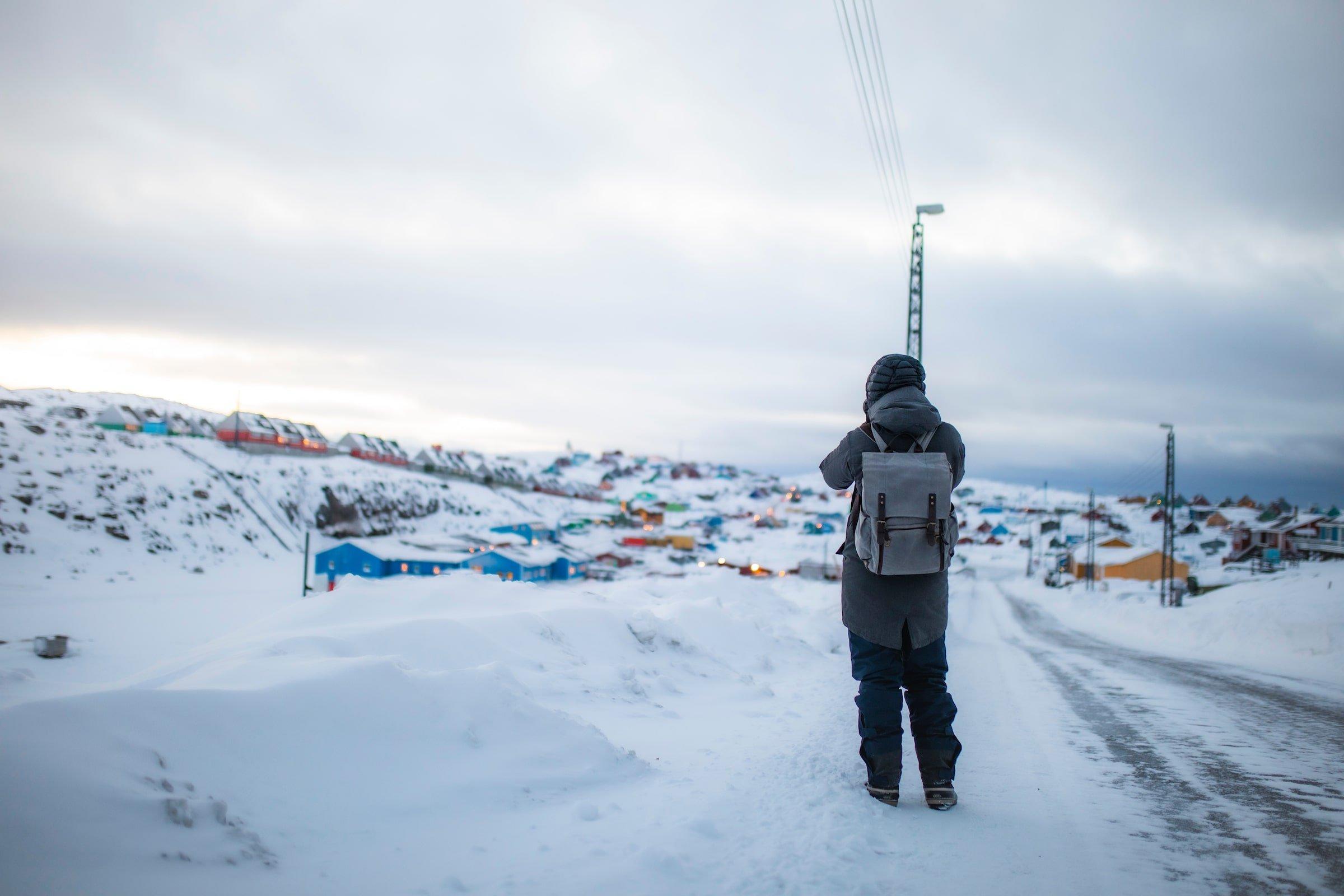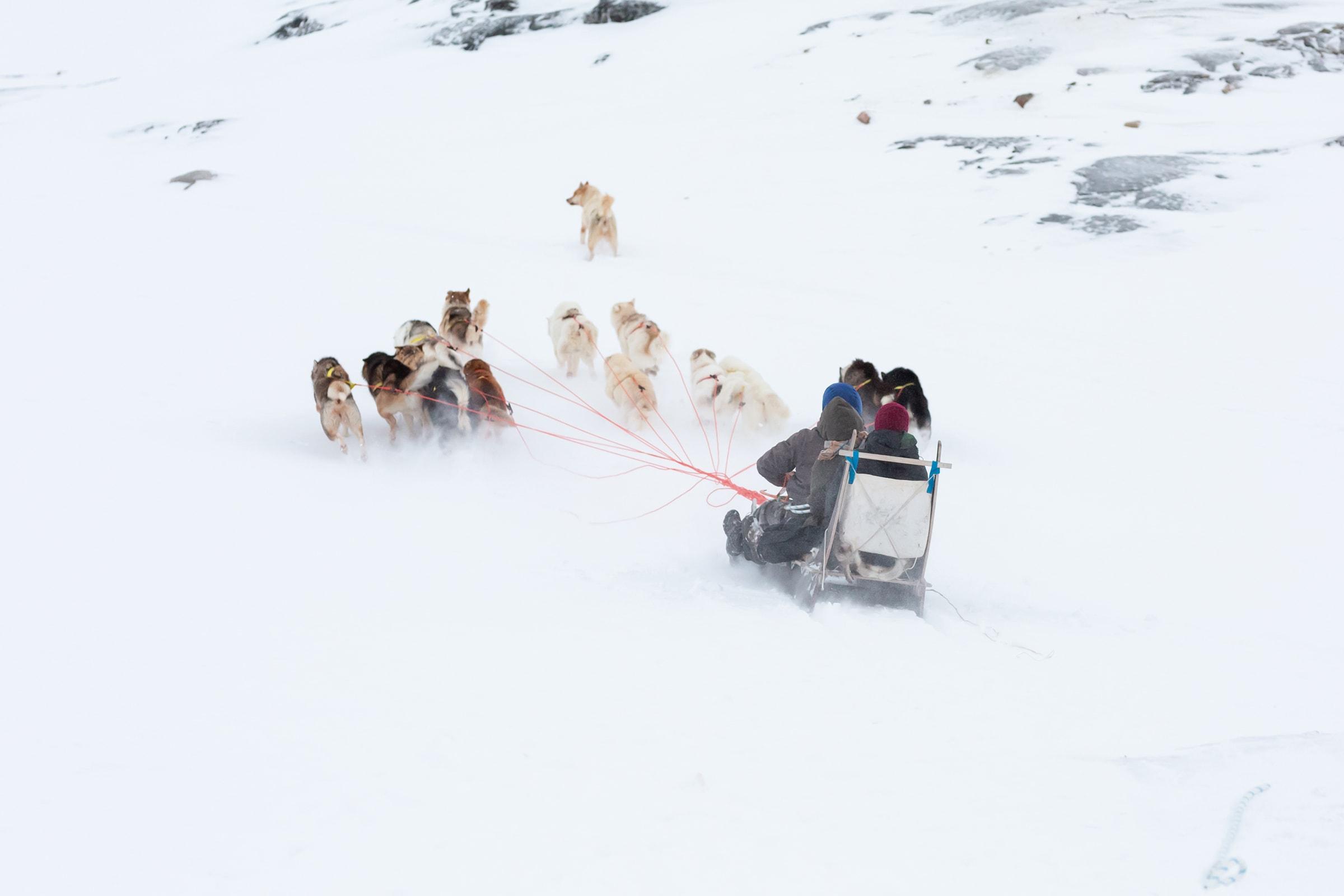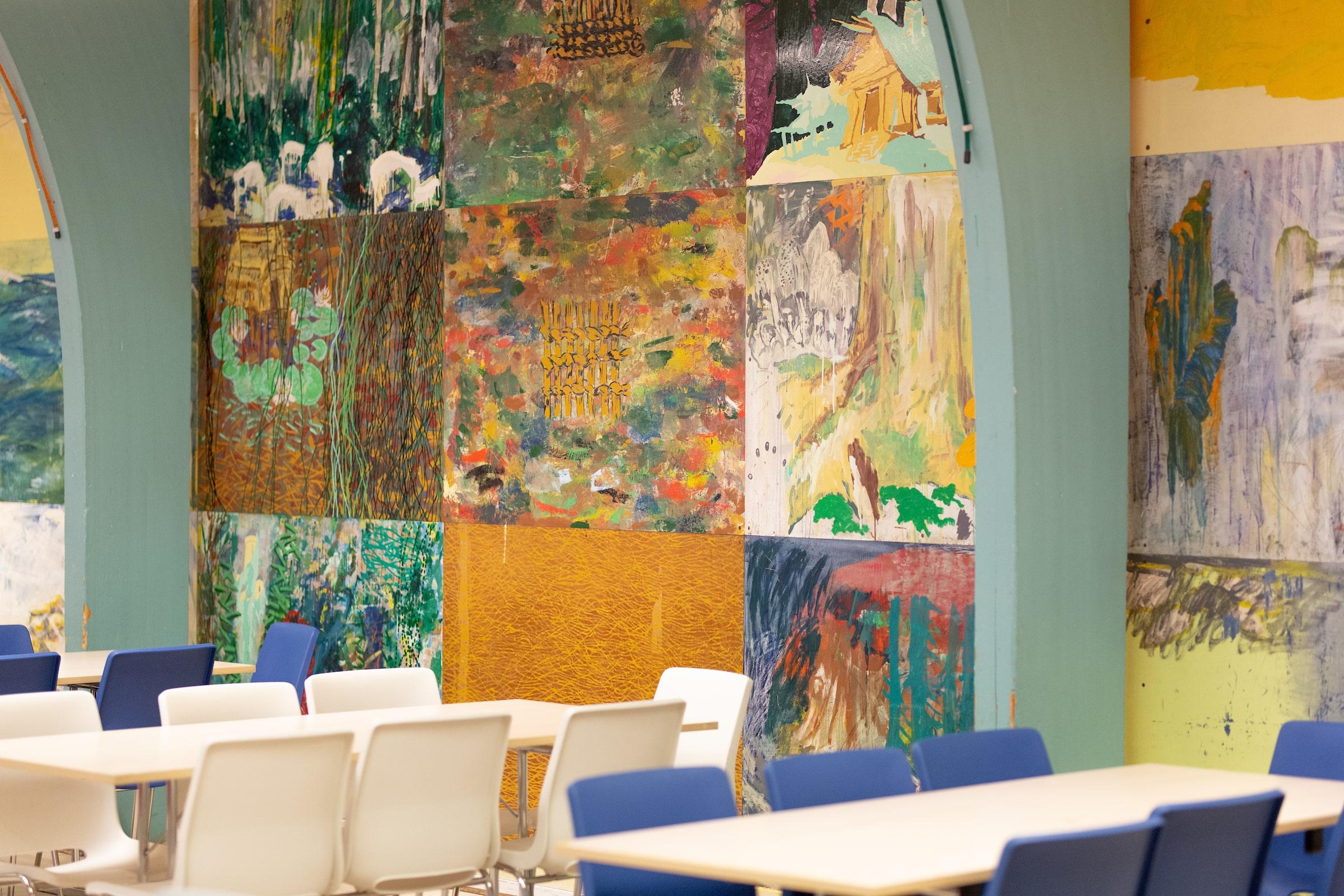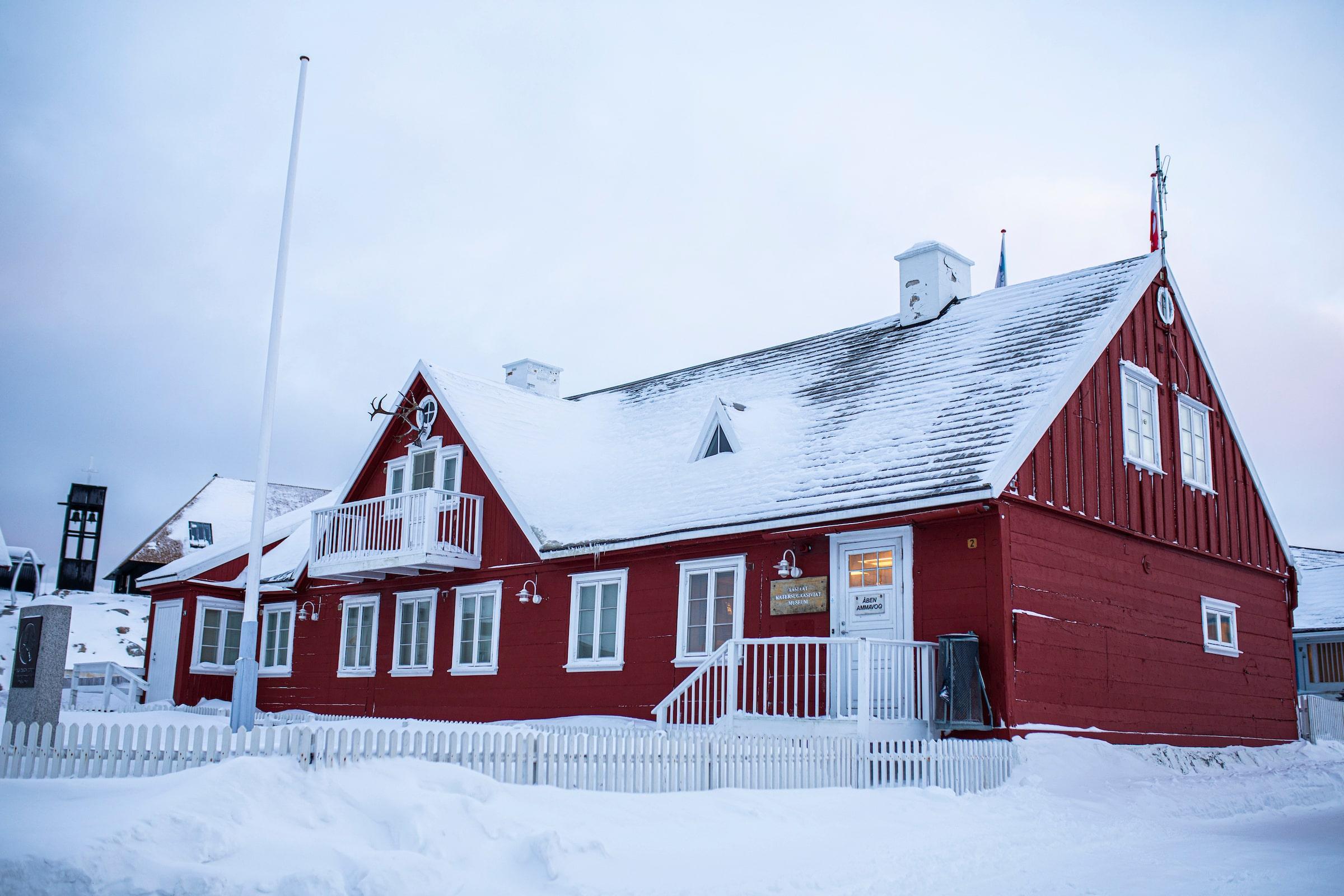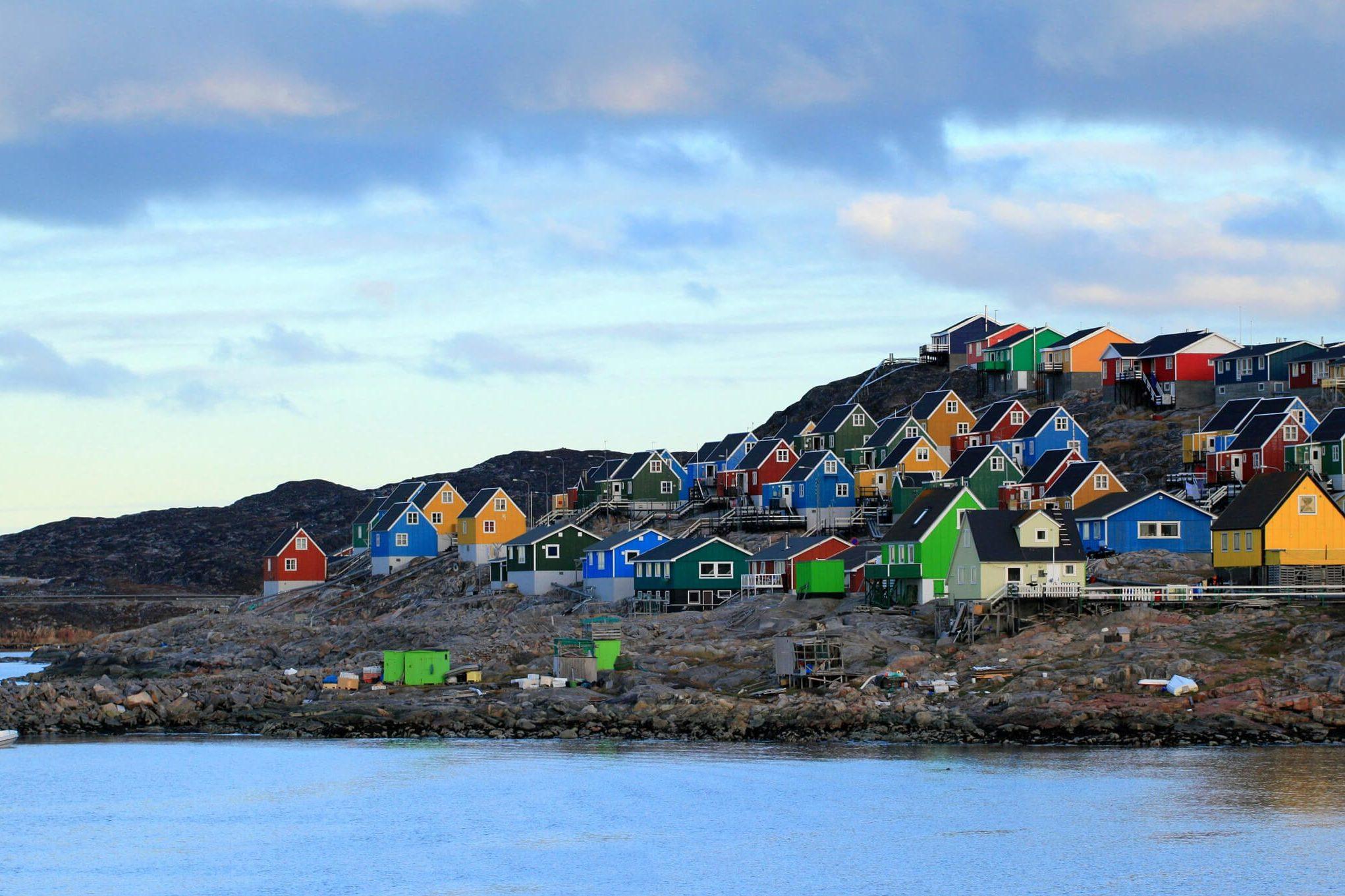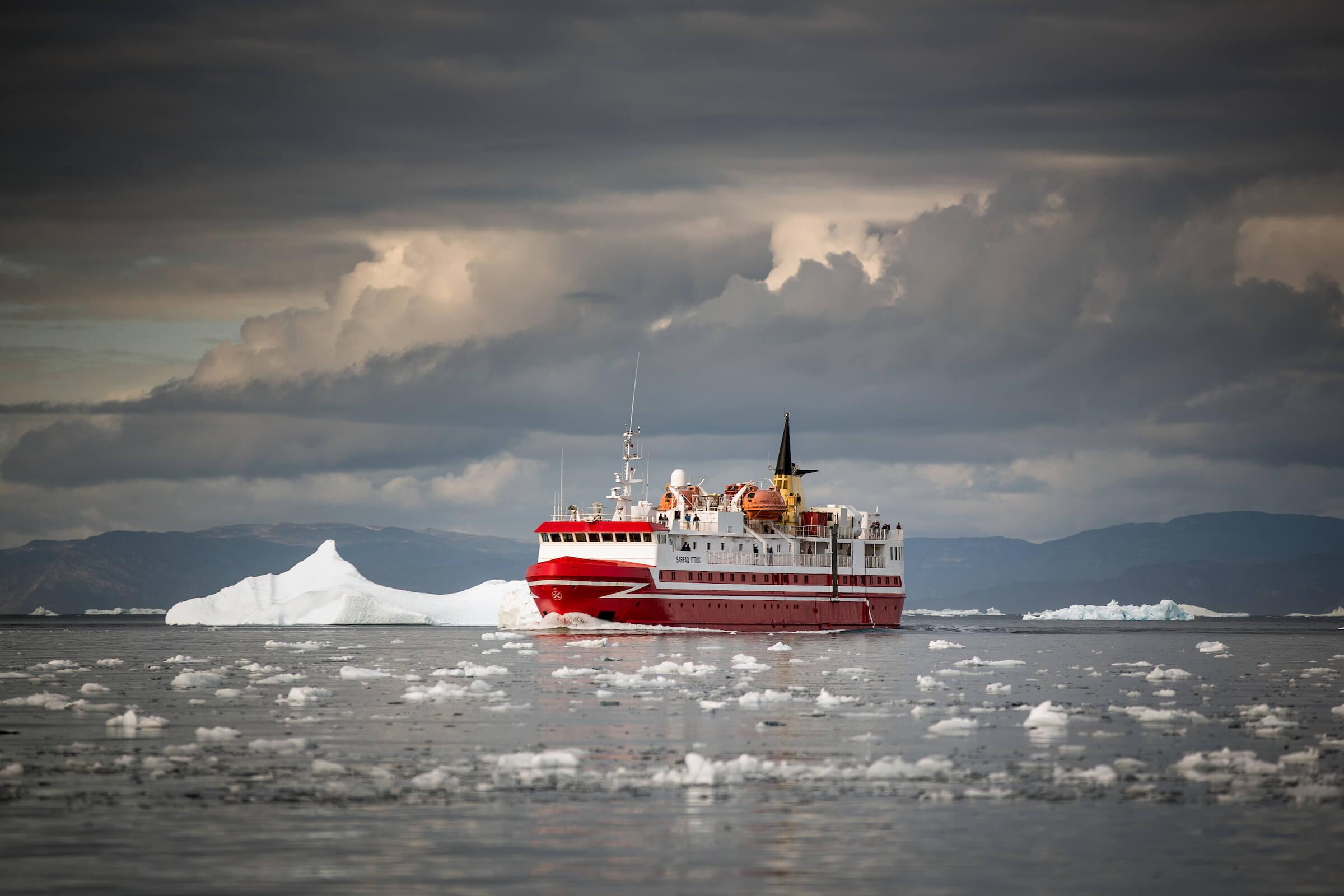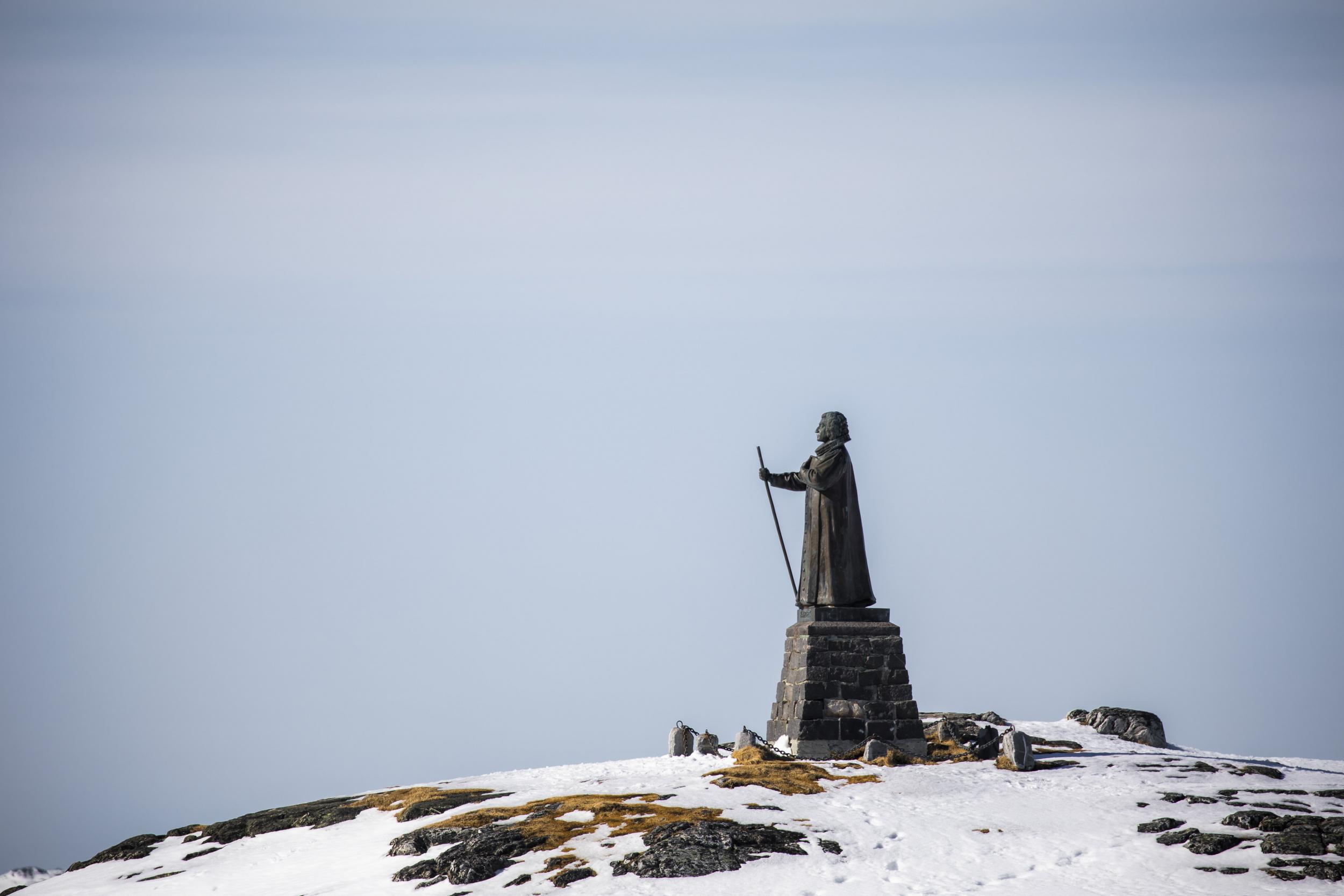Playful whales, a thousand islands, and small colourful houses hide an impressive collection of custom artwork at the edge of Disko Bay in Aasiaat.
Quick facts
facts about Aasiaat
- The main high school for North Greenland is located in Aasiaat. Students from all over North Greenland live in Aasiaat to attend.
- Aasiaat is the only major town in Greenland that has no impressive mountain nearby
- Aasiaat radio is another name for Greenland’s coastal radio, which maintains distress and safety control for ship traffic in Greenlandic waters
- Aasiaat literally means “spiders” in the Greenlandic language, though there are no more spiders here than anywhere else in Greenland and the name is a little ambiguous. Its Danish name was Egedesminde, which means Memory of Egede, when it was a colony
Useful information
Tips
-
Aasiaat has two supermarkets – Pisiffik and Pilersuisoq – as well as several smaller kiosks and boutiques. You should bring any camping equipment with you, but there are basic camping equipment in a small shop called Anuni and upstairs in the Pisiffik.
-
For souvenirs, you should try the Hotel Aasiaat Seamen’s Home and the museum.
Closest ports of entry:
Tourist information:
Useful phone numbers:

Why Aasiaat
Aasiaat – the “land of a thousand islands” and almost as many whales receives fewer human visitors than many of the smaller Disko Bay settlements. This, despite Aasiaat being Greenland’s 5th largest town and home to unexpected galleries of both famous and not-so-famous artworks.
The heart of an archipelago of low-lying islands, what Aasiaat lacks in vertical height, it makes up for with its enormous coastline. Intricate waterways that freeze over during winter shelter both summer and winter whales and become mazes to explore by boat, kayak or dogsled. While Greenlandic sled dogs howl for snow and ice amongst Aasiaat’s vibrantly coloured houses.



 View map
View map